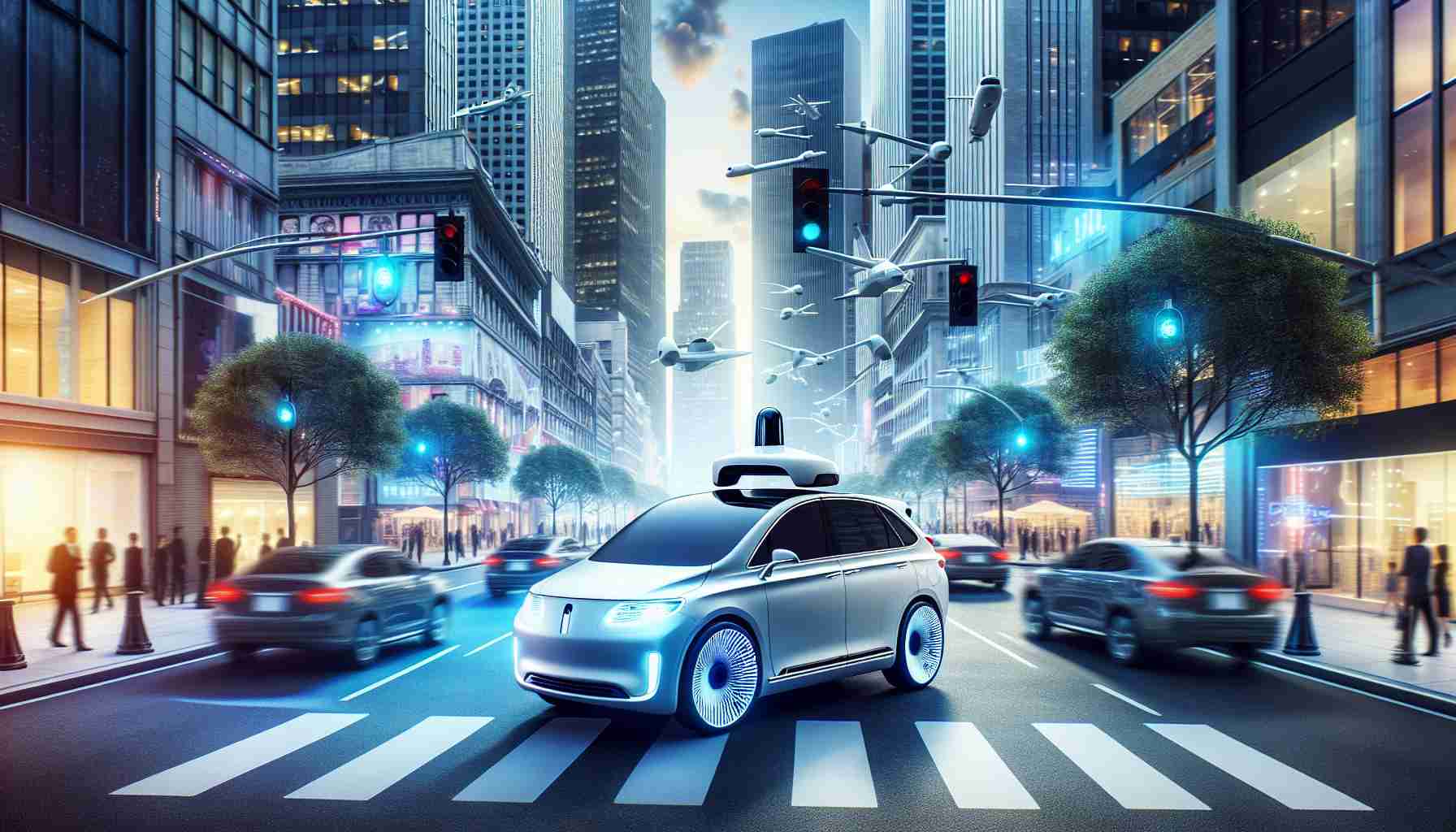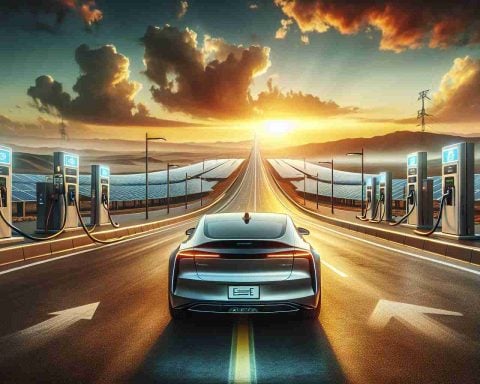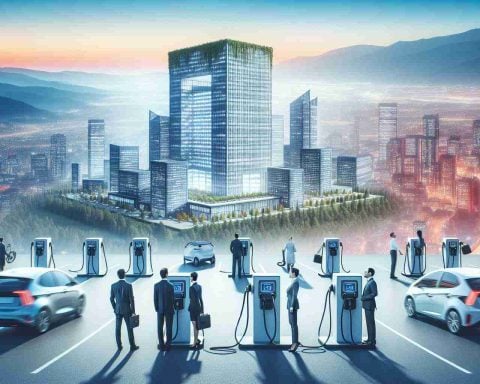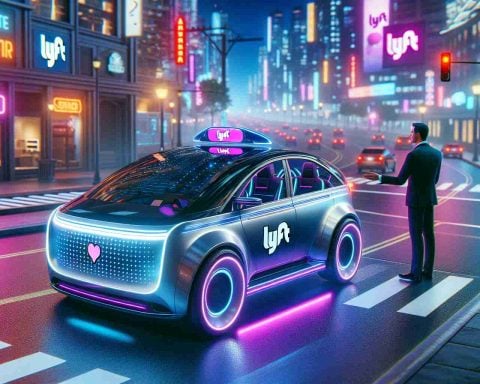- May Mobility has launched a fully driverless commercial shuttle service in Peachtree Corners, Georgia.
- The service uses autonomous Toyota Siennas to provide seamless connectivity across eight stops.
- This marks a continuation of the company’s strategy, having previously introduced driverless shuttles in Arizona and Michigan.
- Passengers can use the May Mobility app to access the shuttle service, enhancing convenience and connectivity.
- The initiative highlights a thoughtful approach to integrating autonomous vehicles into the community.
- The service emphasizes safety and simplicity, fostering trust in autonomous transportation.
Beneath the Georgia sun, a small yet significant revolution wheels into action. The city of Peachtree Corners, a beacon of innovation nestled in the Atlanta metro area, now hosts May Mobility’s newest venture: a fully driverless commercial shuttle service. This isn’t just another robotaxi launch; it’s a subtle dance of technology and foresight, weaving autonomous vehicles into the social fabric with poise and purpose.
For those who may drive past the lush expanses of Technology Parkway, a glance reveals a scene straight out of science fiction. These autonomous shuttles, sleek Toyota Siennas, glide without a human hand at the wheel, catering to passengers seeking seamless connectivity and swift rides. From bustling office spaces to cozy hotels, the route unfolds across eight distinct stops, carefully carved into a strip known for embracing the future.
May Mobility’s path to driverless success wasn’t a sprint but a calculated journey. Back in Sun City, Arizona, retired adults first witnessed driverless wonder in late 2023. Almost a year later, Ann Arbor, Michigan’s compact routes showcased this burgeoning technology once more. Now, Georgia embraces these futuristic vehicles, crafted for simplicity and community impact.
Passengers, armed with the May Mobility app, can now summon these intelligent chariots with a tap, marking a leap towards everyday convenience. This is not just a technological triumph but a testament to a thoughtful deployment strategy that beckons a communal evolution in transportation.
May Mobility is writing a new chapter in autonomous travel, emphasizing a human-centric approach. As the driverless shuttle quietly cruises down the tree-lined parkway, it carries more than passengers — it carries the promise of an autonomous future that moves at the speed of trust.
Breaking Ground: How Autonomous Shuttles Could Redefine Urban Mobility
Autonomous Shuttles: A New Dawn for Urban Transport
The launch of May Mobility’s driverless shuttle service in Peachtree Corners, Georgia, marks a notable milestone in urban transport. The integration of autonomous vehicles (AVs) into city life is no longer a distant aspiration; it’s a burgeoning reality. This initiative could significantly alter the landscape of urban mobility, offering a glimpse into how cities might evolve with the adoption of AVs.
Enhancing Urban Life: Impacts and Considerations
Safety and Efficiency:
Autonomous shuttles promise to reduce human error, a major contributor to road accidents. By using advanced sensors and AI technology, these vehicles could enhance road safety. Additionally, they offer potential improvements in traffic flow, reducing congestion and making urban environments more efficient.
Environmental Benefits:
The transition to autonomous shuttles aligns with global sustainability goals. Many electric-powered AVs help cut down on greenhouse gas emissions, contributing to cleaner air and improved public health.
Community Impact:
Regions like Sun City, Arizona, where May Mobility debuted its driverless technology, saw positive community engagement, particularly among retired adults. This technology provides mobility solutions for individuals who might otherwise face transportation challenges, fostering inclusivity and independence.
May Mobility’s Strategic Approach
May Mobility’s strategy of deploying AVs incrementally addresses safety, community integration, and operational efficiency. By beginning with controlled environments and limited routes, they mitigate risks associated with new technology, garnering public trust gradually. The Peachtree Corners rollout exemplifies this, showcasing a carefully curated route to optimize user experience and safety.
Future Outlook
Global Adoption:
How will autonomous shuttles impact public transportation globally? As cities keenly observe Peachtree Corners’ success, many may follow suit, accelerating AV adoption worldwide. Countries with dense urban populations, such as China or India, stand to benefit immensely from AV integration.
Technological Advancements:
The continual development of AI and sensor technology will drive the evolution of AVs. Companies like May Mobility are at the forefront, contributing to advancements that may lead to fully integrated smart city solutions.
Legal and Regulatory Frameworks:
A concerted effort is needed to address regulatory concerns. Legal frameworks must evolve to accommodate AVs, ensuring safety without stifling innovation. Initiatives like May Mobility’s can serve as reference points for establishing regulatory best practices.
Additional Resources
For more on how autonomous technology is shaping the future, visit:
– May Mobility
– National Highway Traffic Safety Administration
– American Public Transportation Association
In conclusion, the implementation of autonomous shuttles in Georgia is a testament to the progress and future potential of AV technology. By understanding its impacts on safety, efficiency, and the environment, we can better prepare for a transportation revolution that could redefine urban mobility.


















